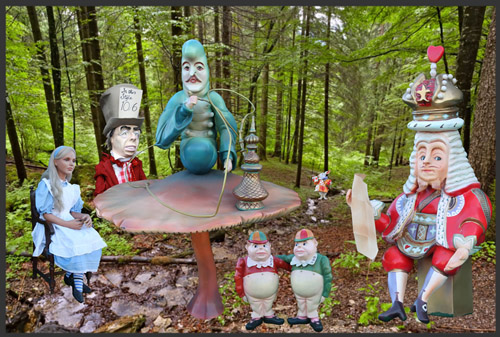
“Johnny Depp has made it cool to like Alice,” was Miss Alice Llandudno Nicol Thompson’s answer to my question — Why do children today still love Alice in Wonderland? With Johnny Depp’s 3-D visual spectacle of a movie currently standing at a worldwide gross of $1,024,299,904, I suspect he made Alice in Wonderland very cool for a lot of Disney executives too.
But what about serious Carroll fans? How do they view Disney’s 21st-century technological efforts to keep the legacy “cool”?
“Despite the errors and license used by Disney in the story, it is Disney that continues to bring Alice to the children of today,” comments Lewis Carroll Society member Keith Wright (Chairman and Editor, Daresbury Chronicle). “Tim Burton’s Alice, although not an Alice that Lewis Carroll would recognize, did contain the Wonderland characters and used some of the text from the books.”
Lewis Carroll (aka Charles Dodgson) wrote his Alice books for children. His inspiration for Alice, namely Alice Liddell, is the focus of a magnificent 160th birthday celebration in Llandudno, Wales on May 4, 2012.
“Charles Dodgson was a man who enjoyed teaching children; he liked a child with an inquiring mind but he was not a disciplinarian,” adds Wright. And Alice Liddell was indeed a child with an inquiring mind. Her favorite expression was “Let’s pretend,” and so it didn’t take long for her to become Mr. Dodgson’s favorite child. She adored the fun escape an undisciplined teacher offered in the disciplined world of Victorian life at Christ Church, Oxford during the mid 19th century. Mr. Dodgson would take Alice and her siblings on fun outings, which always included exciting storytelling. The most famous outing of all is the one credited with Dodgson’s first full telling of Alice’s Adventures in Wonderland. This took place on Friday, July 4, 1862. Soon after hearing the story, young Alice pestered Mr. Dodgson to write it down for her. Thanks to Alice’s persistence, Mr. Dodgson (who had never written down any of his amazing tales) finally did create the book and presented it to her as an early Christmas gift on Nov. 26, 1864. The book, which took Dodgson 18 months to finish, and which he originally called Alice’s Adventures Underground, was handwritten and hand-illustrated by him.
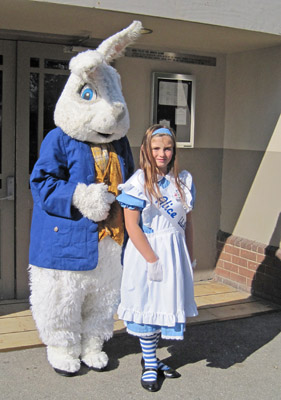
Over 145 years later, artists and creators are still reaping huge rewards from adapting Lewis Carroll’s classic books for every form of media and for each new generation of audiences. Tim Burton and Disney opted to update the story so that it would be “cool” for today’s younger movie going audience. But how do literary societies such as the Lewis Carroll Society, which strive to preserve Carroll’s classics in their original format, feel about staying “cool” in terms of appealing to younger fans?
“There is no doubt that literary societies in the UK have their backs to the wall,” explains Keith Wright. The younger generations do not join literary societies. They see them as elitist organizations, which does not help. Meetings containing research papers are not accessible to a generation brought up on getting their knowledge in a fairly unchallenging way — that is via TV or the Internet.”
Mr. Wright is a good friend and in ways a teacher to Miss Alice Llandudno, Nicol Thompson, who admits she prefers “reading the book to watching the films.”
There are currently Alice weekends in many towns around England supported by the Lewis Carroll Society, including Oxford (where the book was born), Lyndhurst in Hampshire (where Alice Liddell lived after she was married), Blists Hill Victorian Town in Ironbridge, and of course Llandudno in Wales (where Alice Liddell vacationed with her family), which is preparing for its commemorative Alice affair on May 4, 2012. All these towns attempt to appeal to fans both young and old.
Llandudno has historically enjoyed a healthy tourist trade thanks to its connection to Alice Liddell. This connection grew stronger in the 1970s when local residents Muriel Ratcliffe and her husband Murray began to consider an idea for an Alice adventure.
The couple found a basement in a property in the town that was damp and often flooded. With the help of local tradesmen, they created and launched the Rabbit Hole. The Rabbit Hole tourist attraction complete with life-size models of the book’s characters remained very popular with tourists from 1990 until Muriel Ratcliffe decided to retire in 2009.
At this point the content was put up for sale and was purchased by entrepreneurs and owners of Alice In Wonderland Ltd., Barry Mortlock and Simon and Eileen Burrows.
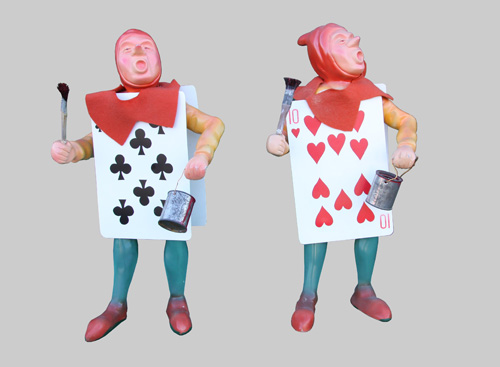
Much like the approach taken by Burton and Disney, Mortlock and the Burrows saw an opportunity to build a bigger and grander Alice adventure, utilizing cutting edge technology to create a 21st-century experience that was both modern and educational for children of all ages.
They worked with local government to conceptualize a Llandudno Alice Trail, which would utilize key locations around the town, including a popular tourist spot known as Happy Valley.
“The upcoming Alice Day is an excellent opportunity to reaffirm the connection that Llandudno has with Alice, and also with the Alice Trail that the County and Town Councils have funded to be built in the town. This will feature sculptures, a giant pocket watch and a new bandstand in Happy Valley, which will have the various characters from the stories cast into it. We already have a Cheshire Cat in the Happy Valley!” says Llandudno’s Mayor, Greg Robbins.
Mortlock and the Burrows will continue development over the summer with a young creative team of 3D artists and technical wizards. Their big picture concept? A visual spectacle such as has never been seen before in any other attraction in the UK.
So what might Alice Liddell have said about these creative upgrades to her favorite story in her summer vacation town?
I don’t know for sure of course. I do know Alice was a talented artist herself whose favorite expression as a child was “Let’s pretend.” Hence I like to imagine she might be thinking “Cool!”

Photos courtesy of Alice In Wonderland Ltd. and Keith Wright.
For more Alice articles: click here
C. M. Rubin is the author of two widely read online series for which she received a 2011 Upton Sinclair award, “The Global Search for Education” and “How Will We Read?” She is also the author of three bestselling books, including The Real Alice in Wonderland.

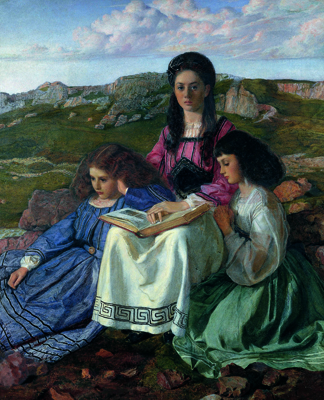
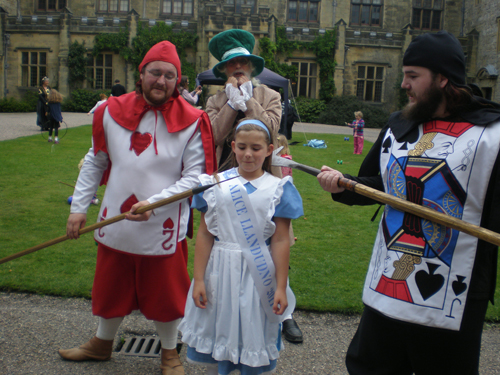
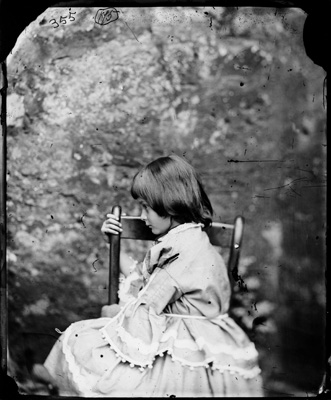
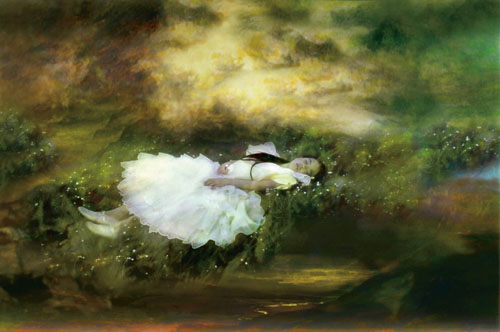
Recent Comments